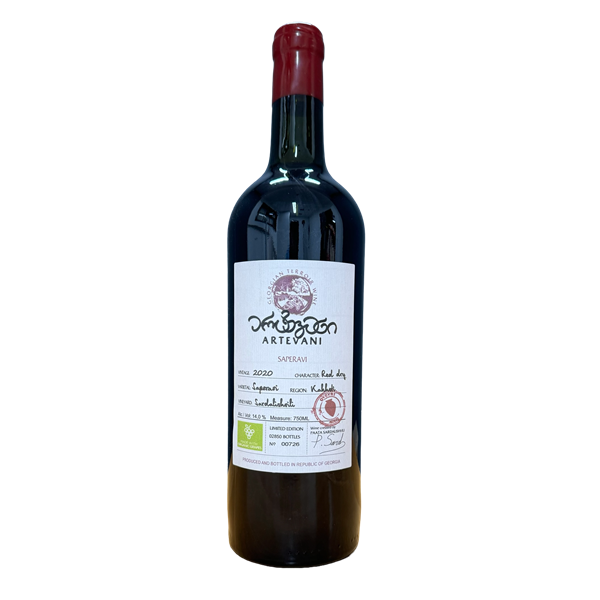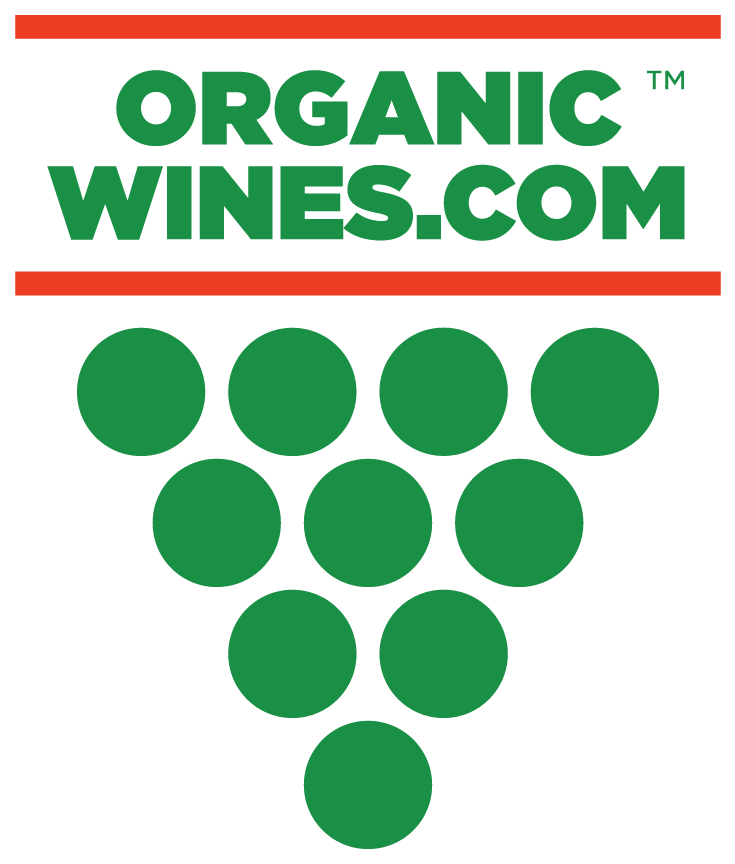
Opening a bottle of red wine is always a treat, but what happens when you don’t finish it in one sitting? You might wonder how long it stays fresh before losing its flavor and aroma. The good news is that with proper storage, you can extend its life and enjoy it for a few more days.
Understanding how long red wine lasts after opening depends on factors like the type of wine and how it’s stored. If you’ve ever hesitated to pour another glass because you weren’t sure if it’s still good, you’re not alone. Knowing the right steps can help you make the most of every bottle.
Whether you’re a casual wine drinker or a seasoned enthusiast, learning how to preserve your red wine can save you from waste and keep your experience enjoyable. Let’s explore what you need to know to keep your wine tasting its best.
Understanding Wine Shelf Life
Opened red wine begins to change rapidly due to exposure to air. Recognizing these changes helps you preserve its taste and quality for as long as possible.
What Happens When Wine Is Opened?
Exposing wine to oxygen starts a process called oxidation. This alters its chemical composition, softens flavors, and eventually leads to spoilage. Tannins and sugars break down first, making the wine taste flat. Acetobacter bacteria can further cause it to turn into vinegar over time. Properly recorking and storing wine slows these effects, extending its drinkability.
Factors Affecting Red Wine's Longevity
-
Wine Type: Full-bodied wines last longer than lighter options like Pinot Noir. Their higher tannin and acidity levels act as preservatives.
-
Storage Temperature: Keeping wine between 45–65°F extends its freshness. Warmer environments accelerate chemical reactions that degrade it.
-
Seal Integrity: Unsealed or poorly sealed bottles allow faster oxygen exposure. Use vacuum pumps or airtight stoppers to minimize this.
-
Remaining Volume: Half-full bottles deteriorate quicker because of increased oxygen in the empty space. Smaller containers reduce this risk.
-
Light Exposure: Direct light hastens spoilage by triggering reactions that affect aroma and taste. Store wine in dark areas or UV-protected spaces.
How Long Is Red Wine Good For After Opening?
Red wine retains its best quality for a few days after opening if stored properly. Several factors like oxygen exposure, wine type, and storage methods, influence its longevity.
Typical Timeframes for Red Wine
Most opened red wines remain drinkable for 3–5 days. Lighter reds, such as Pinot Noir, may last just 2–3 days due to lower tannin levels. Full-bodied reds like Syrah, with higher tannins, can remain enjoyable for up to 5 days. Fortified red wines, like Port, stay fresh longer, typically 1–2 weeks, when sealed tightly.
Indicators That Red Wine Has Gone Bad
Spoiled red wine typically exhibits changes in smell, taste, or appearance. A vinegar-like odor or sharp, sour taste indicates spoilage caused by oxidation. Unusual cloudiness or sediment not present initially can signal degradation. Additionally, color shifts, such as red wine turning dull brown, suggest it's no longer fresh. Avoid consuming wine with these characteristics.
Tips To Extend The Life Of Opened Red Wine
Extending the freshness of red wine after opening involves careful handling and preservation. Simple techniques and tools can help maximize its drinkability and maintain its quality for several days.
Proper Storage Techniques
Store the wine upright to minimize its surface area exposed to air. Excess exposure accelerates oxidation. Use the original cork or a replacement stopper to reseal the bottle firmly. Keep the wine in a cool, dark place, ideally in a wine refrigerator or standard fridge. A temperature of 55–65°F suits red wine for short-term storage, while refrigeration prevents spoilage. Avoid storing the bottle near heat sources or light, as both degrade the wine's flavor and aroma quickly.
At Organic Wines, we’re passionate about bringing you the best organic, biodynamic, and sustainable wines from around the world. Our collection includes bold reds like Syrah, lighter options such as Pinot Noir, and unique selections like Marcio Lopes Vinho Rubro. Every bottle is carefully selected from small, eco-conscious vineyards to ensure exceptional quality and flavor in every pour.
Common Mistakes To Avoid
Avoiding common mistakes when handling open red wine helps preserve its flavor and extends its drinkability. Awareness of storage practices and wine type differences is key.
Improper Storage Practices
Incorrect storage after opening accelerates wine's spoilage. Storing red wine horizontally exposes more liquid to air, speeding oxidation. Always store opened bottles upright. Exposing the bottle to direct sunlight or high temperatures affects its chemical balance and taste. Keep it in a cool, dark place, ideally between 55–65°F. Leaving the bottle unsealed invites contaminants and oxidation. Use the original cork or a resealable stopper to minimize exposure.
Misunderstanding Wine Types
Assuming all red wines last equally long leads to waste or poor taste experiences. Lighter reds like Pinot Noir spoil faster, lasting 2–3 days when opened, while full-bodied reds, such as Syrah or Malbec, can remain drinkable for up to 5 days. Fortified styles like Port hold longer, retaining quality for 1–2 weeks when sealed properly. Pay attention to the wine type to tailor your storage and consumption timeline.
Key Takeaways
-
Opened red wine typically lasts 3–5 days, but lighter reds like Pinot Noir may only last 2–3 days, while fortified wines like Port can stay fresh for up to 1–2 weeks.
-
Proper storage, such as keeping the wine upright, sealed tightly, and stored in a cool, dark place, extends its drinkability.
-
Exposure to air triggers oxidation, which softens flavors and leads to spoilage; tools like vacuum pumps or inert gas sprays help slow this process.
-
Temperature is crucial—store red wine between 45–65°F, as warmer conditions accelerate spoilage.
-
Avoid common mistakes like improper sealing or exposure to light and heat, which degrade wine quality.
-
Indicators of spoiled red wine include a vinegar-like odor, sour taste, dull brown color, or unusual cloudiness or sediment.
Conclusion
Knowing how to store and handle your opened red wine properly can make a difference in preserving its flavor and quality. By paying attention to factors like wine type and storage conditions, as well as using preservation tools, you can extend its drinkability and reduce waste. With a little care, you’ll enjoy your red wine at its best for several days after opening.
Ready to enjoy red wine that’s worth savoring? Taste the difference in every pour from Organic Wines.
Order our red wine collection today!
Frequently Asked Questions
How long does red wine stay fresh after opening?
Most red wines remain drinkable for 3–5 days after opening if stored properly. Lighter reds, like Pinot Noir, last 2–3 days, while full-bodied reds can last up to 5 days.
What changes occur in red wine after opening?
Once opened, red wine is exposed to air, causing oxidation that changes its chemical composition. This can lead to altered aroma, flavor, and color, eventually spoiling the wine.
How should I store opened red wine?
Store red wine upright, properly sealed with the cork or a stopper, and keep it in a cool, dark place at 55–65°F. This helps minimize exposure to air and slow spoilage.
Can I use wine preservation tools to extend freshness?
Yes, wine preservation tools like vacuum pumps to remove air or inert gas preservers to create a protective layer over the wine can help maintain its quality for several days.
How can I tell if my red wine has spoiled?
Spoiled red wine may smell like vinegar, taste sour, appear cloudy, or develop a dull brown color. If you notice these signs, it’s better to discard the wine.
Why do lighter red wines spoil faster than full-bodied ones?
Lighter reds, such as Pinot Noir, have lower tannin and acidity levels, making them more susceptible to oxidation compared to full-bodied reds.
Is it okay to store opened red wine horizontally?
No, storing red wine horizontally increases air exposure, accelerating spoilage. Always store opened bottles upright to reduce oxidation.
Does temperature affect red wine’s longevity after opening?
Yes, higher temperatures speed up oxidation, causing the wine to spoil faster. Keeping opened red wine at a cool, stable temperature is crucial for maintaining its flavor.
Can sunlight damage opened red wine?
Direct sunlight can degrade wine quality by increasing temperature and exposing it to UV rays. Always store wine in a dark place to preserve its freshness.
Are there common mistakes to avoid when storing opened red wine?
Yes, avoid storing wine in warm, brightly lit areas, failing to reseal the bottle tightly, or laying it horizontally. These mistakes can lead to quicker spoilage.
